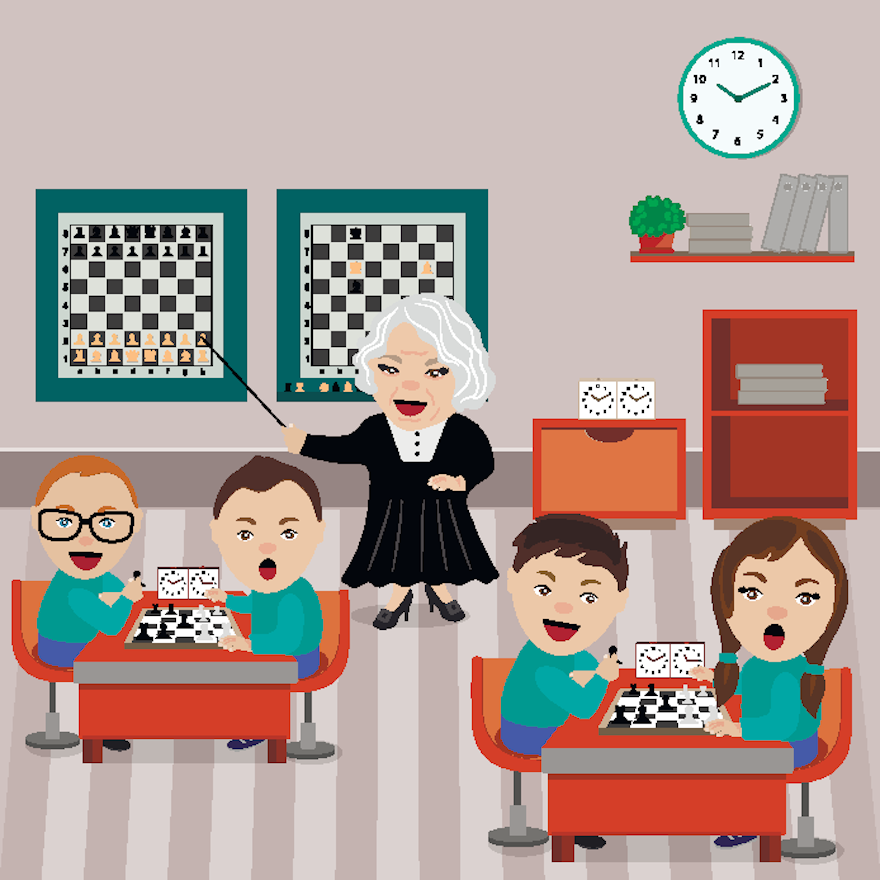Running a school chess club can be very rewarding and schools are usually supportive of such a venture. I started a school chess club back in 2017 when my boys were aged 7 and 5. I contacted the head teacher and offered to run a lunchtime chess club. The school was extremely supportive and I ran the club for 3 years for children aged 5 - 11 until my boys moved to a different school. I learned many things from this experience and wanted to share tips for teachers, parents or coaches who might be interested to set up a club at their school.
This is a 5 part series that will cover the following topics:
- Room and Equipment
- Instruction vs play
- Getting everyone involved
- Keeping it fun
- Running tournaments and ladders
4. Keeping it fun
Children are coming to the club often with their friends and they want to have fun. If the chess club becomes too serious or feels like hard work many will drop out. In particular review part 2 of this series above about focussing on letting them play vs instruction.
Try to establish a relaxed atmosphere where the children can still chat whilst playing. There is a balance to be had here as a group of 10 children can create a cacophony of noise if they are all talking or shouting at once. Also set up basic protocols such as putting their hand up when they need assistance vs shouting out. Crowd control is a skill I had to learn quickly as over 30 children turned up for my first chess club session ! If you have a large group and you haven't worked with a group of children before I would recommend having one of the teachers sit in on the chess club to help manage behaviour and interactions.
There are a number of things you can do to introduce variety into the chess club and keep children engaged.
- For those learning chess introducing them to new mini-games and pieces will keep them entertained.
- Mini-games are actually fun and enjoyed by all skill levels. So introduce a few different ones to beginners and competent players to try out like 3 pawns vs a bishop or 2 bishops vs a queen.
- Bughouse chess is great to introduce to children and they love playing in teams together. This can be played by both beginners and competent players.
- Other chess variants also add to the variety including Losing chess where the goal is to lose all your pieces, if you can capture a piece you must. Progressive chess is fun as white makes 1 move, black makes 2 moves, white makes 3 moves etc.
- If you have some spare boards you can set up some puzzles to solve. These can be tactics, mating or endgame puzzles. Children can take a look and try and solve them.
- Running competitions and ladders are also a great way to keep children interested as they love competing against each other.
Part 5 - the final part of this series will cover how to successfully run school chess tournaments and an ongoing ladder system.

